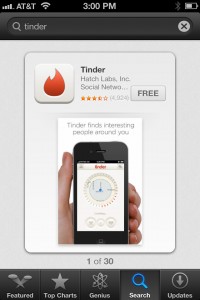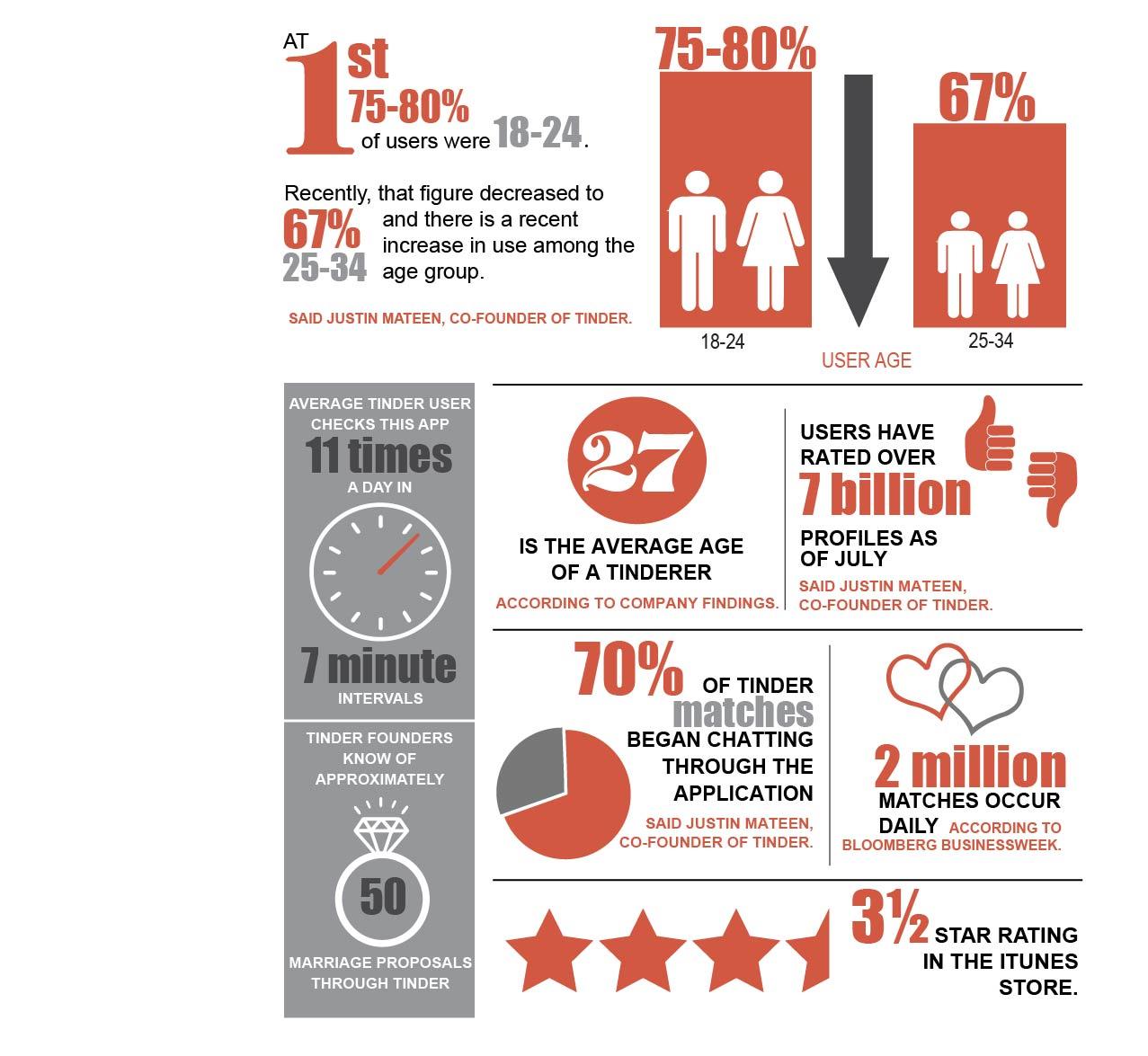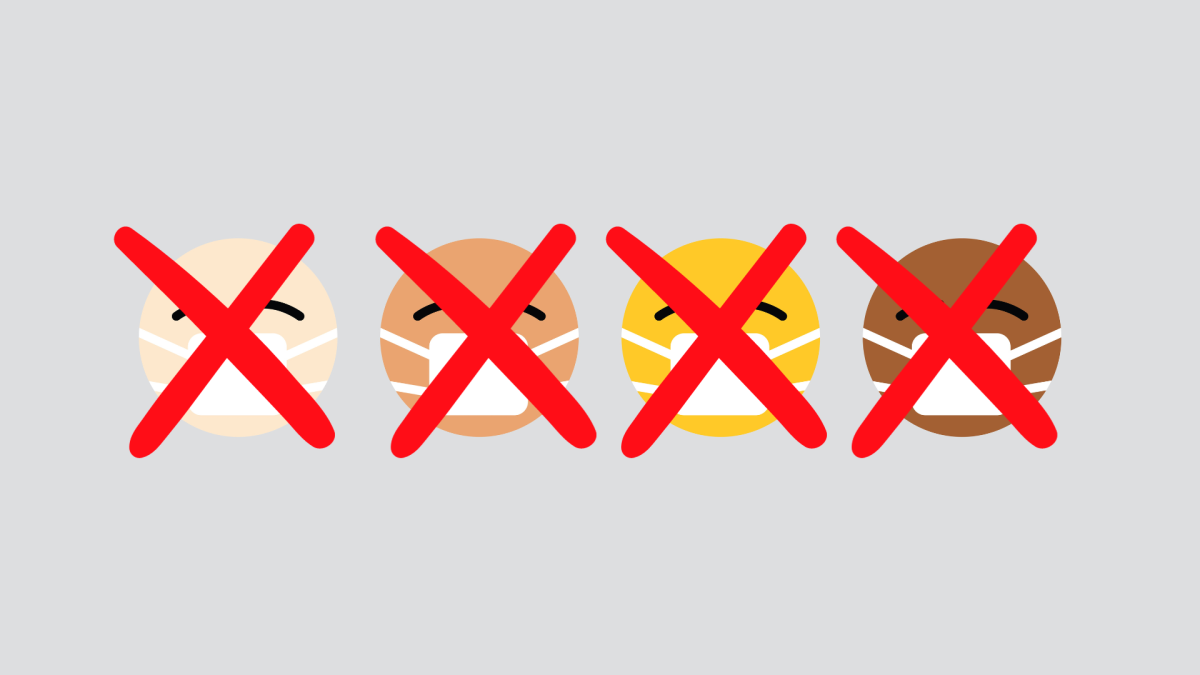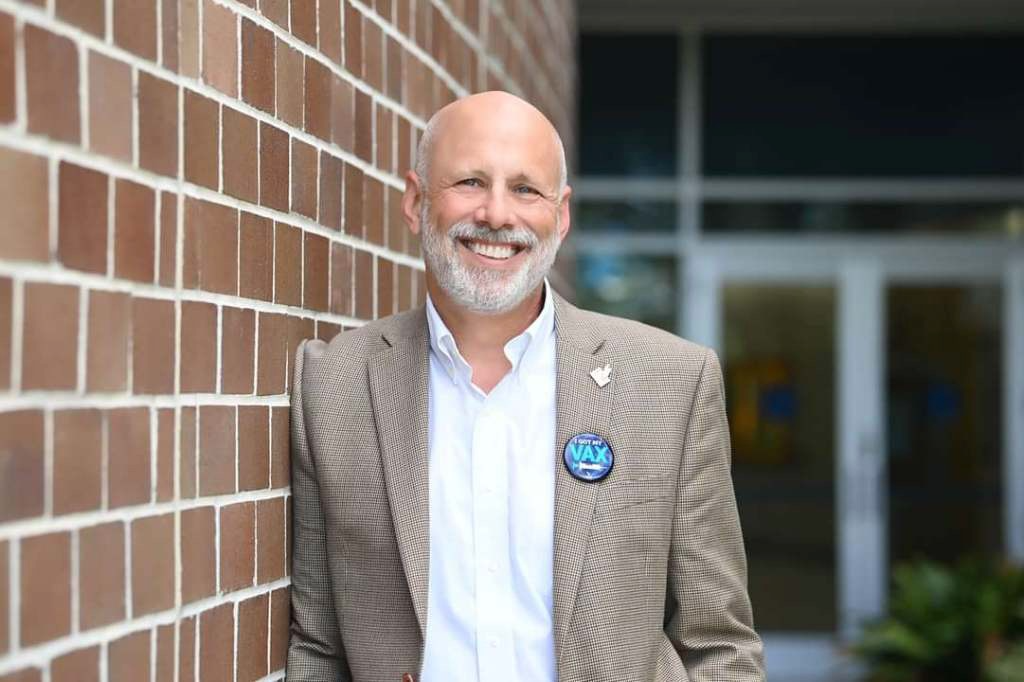The pilot announced it was now safe to turn our electronic devices back on. I stood up from my aisle seat to grab my bag from the overhead compartment. I noticed a girl a few aisles ahead of me turn her iPhone back on. One of the first things she did was open her Tinder app and check her matches.
I am ashamed to admit I did the same thing.
Tinder is a free dating app downloaded 10,000-20,000 times a day, according to co-founder Justin Mateen. User locations are used to “match” them to people also using the app within a certain radius. Users go through recommendations, which are essentially mini profiles of other Tinder users in their vicinity. Recommendations can be dragged one of two ways. Swiping someone to the heart on the right signals interest. Swiping to the left yields an X, which means “no.” Tinder profiles let users see pictures, age, distance, a tagline, mutual friends/interests and when they were last active.

I was assigned to explore the world of Tinder. Quite frankly, the thought of interacting with people who may not be real is disturbing. Hesitant to use it myself, I ironically became one of the fake users I feared by creating a fake profile to conduct my research .
I can’t deny the rush of adrenaline that comes from being “matched” with someone, but I also can’t deny how shallow and judgemental I feel using the app. I looked at the picture for less than a few seconds before deciding whether to swipe the guy to the “yes” or “no” column.
Tinder claims to rely on the power of first impressions. But making a first impression based on a few pictures and a few simple facts is vastly different from seeing someone in person.
A USA Today article said users can approve or dismiss users as swiftly as glancing someone over at a bar or coffee shop. I would argue the two acts are of opposite worlds.
A first impression made in person is a combination of many factors: Physical appearance, style, eloquence and mannerisms all factor in. All of these factors are forgone on Tinder. The emphasis is put entirely on physical appearance.
“It grants permission for those in our culture to rate others based on physical appearance and furthermore, it teaches us how to slash an ‘X’ on those we find unattractive (too old, too short, too much facial hair),” said Carlina Duan, contributor to the University of Michigan’s Michigan Daily student newspaper.
Sure, people can meet in all sorts of places, and yes, the Internet is one of them, but seeing a picture on a five-inch iPhone can’t replace seeing someone in person.
When we chat with someone via text, we’re likely to put our own intonation and personality into how we read the texts. The human voice is a form of expressing one’s individuality, an experience we miss out on when using an app such as Tinder.
My fake profile consisted of one picture, a face shot. Multiple users asked about my lack of pictures and were curious to see what the rest of me looked like. I also shared no mutual interests or friends with any of my matches, but those factors went unnoticed.
Tinder is a world of cheesy pickup lines such as “Can we tell our kids we met on Tinder?” It typically takes only a few chat lines, sometimes less, before a match asks for a number or a “hang out.”.
“What are you up to?” I asked a match.
“Bored, you should come over,” he responded.
I didn’t reply indicating disinterest. That was the last I heard of him. I soon learned the ways of Tinder. “Hang out” is synonymous with “hookup,” and this is the driving force behind Tinder.
But with every set of standards comes an exception. Out of all my matches, I managed to have one “real” conversation.
“Hey! How is your hump day going?” he said on a Wednesday afternoon.
Turns out we shared a love for chemistry and aspired to work in the medical field. We talked sporadically for two weeks without any lame pick ups or even a request for a number or a hang out.
Tinder has an addictive power, not just for me or the girl on the plane.

Tinder is a popular social media app for networking- typically for love interests, but also for friendly or business interests.
A few weeks ago, I grabbed coffee with a friend I hadn’t seen all summer. She was a Tinder user herself. I told her about my fake profile. Her eyes widened and she asked if she could get on it. We swiped guys to the “yes” column and guys to the “no” column. We chatted with our matches and giggled over some of the ridiculous things we said and heard.
After half an hour, I yanked my phone out of my friend’s hand and said it was time we had an actual conversation. We attempted to make small talk for a few minutes before she asked for my phone again. As we said bye to each other, she asked me to send screenshots if any of the conversations got “interesting.”
I asked my friend what she loved about Tinder. She told me it was a confidence booster. I could see the reasoning behind her claim. There is no form of rejection on Tinder. Users never know if another user swiped them to the “no” column.
Prior to my fake profile experience, I would never have used Tinder on my own. But I found myself curious whether my friend’s theory was true. So I started using my name and picture, promising myself to delete my profile as soon as I tested the theory. I had hoped I was not the kind of person to let a few flattering comments or an abundance of matches affect my confidence. Sadly, my friend’s theory was spot-on. I am embarrassed to admit it was a thrill.
Mateen said the app has to go beyond dating in order to grow. Tinder has to become more about relationships, friends and even business relationships. I know first hand that vision has the potential to become reality.
An aspiring musician chatted with me and asked me to check out his band.
“Tinder as a marketing tool,” I said. “Creative.”
Without denying my accusation, he asked me to listen to their new album and let him know what I thought. There were no cheesy pick up lines. All he wanted was a fan and I was happy to become one. The conversation felt shockingly comfortable.
Sixty percent of Tinder users check their accounts daily. Mateen said many of those users check it five to six times a day. Tinder has coined the term “Tinderitis” for the sore thumbs acquired from continuously swiping people to the left or right. It’s hard to deny how entertaining Tinder is. The numbers speak volumes to this claim. But we shouldn’t start using it as a substitute for seeing people in person, nor should we let it trap us into a shallow world. A virtual world doesn’t replace reality.
Email Noor Ashouri at reporter10@unfspinnaker.com















